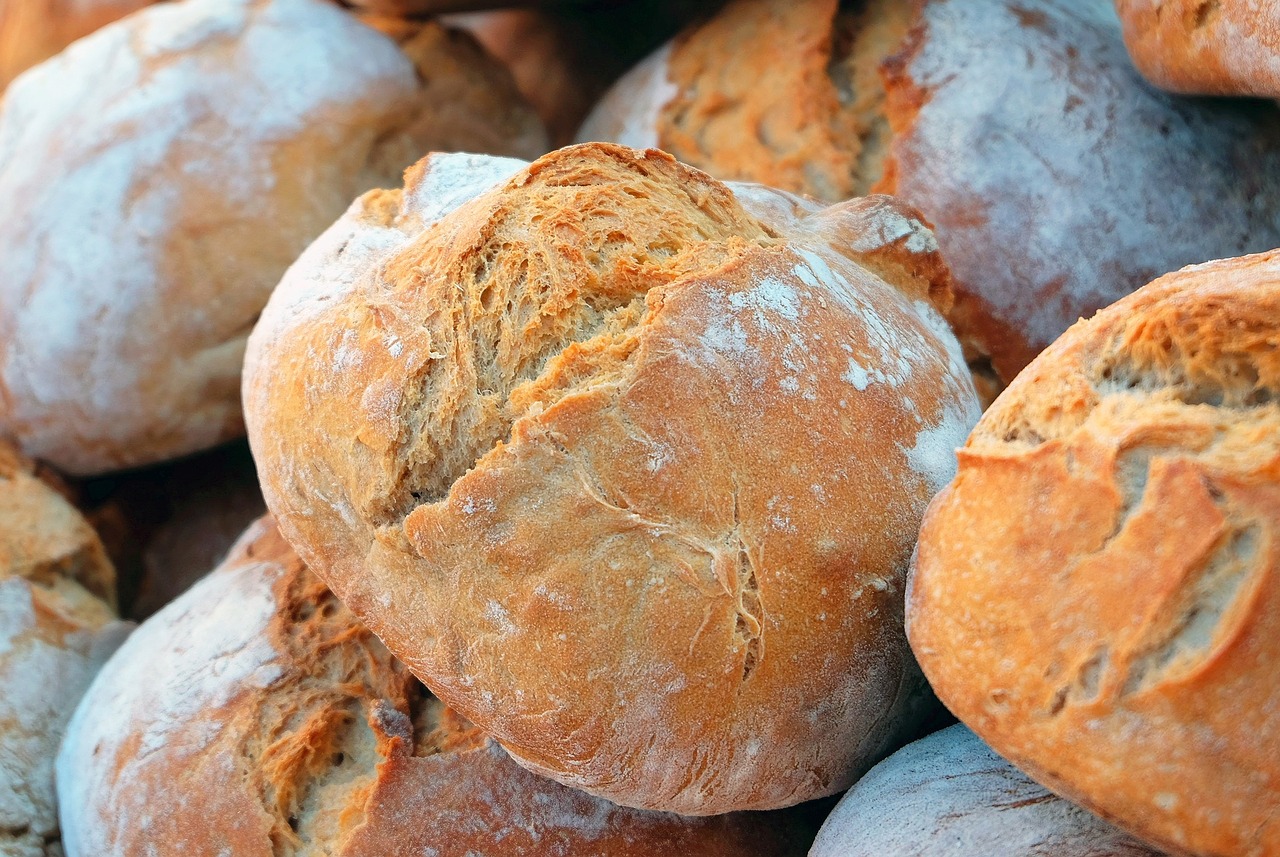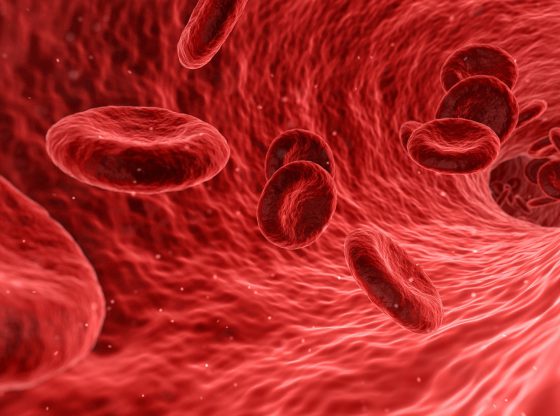New research may explain why it’s so tempting to indulge in carbohydrates. Why it’s so easy to succumb to the temptation of freshly baked bread, pizza, pasta, and biscuits.
The tongue has taste buds, receptors that can perceive a number of basic tastes: salty, sweet, sour and bitter. Seven years ago, a fifth flavor was added to the list: Umami – a salty flavor often associated with glutamate.
Research have also indicated the existence of additional tastes, as receptors have been found for kokumi, a full-bodied flavor that has been described as “hearty” and there is some evidence that we can taste the fatty acids that make up fats.
The Taste of Carbs
Now a new U.S. study suggests that there may be a unique flavor in carbohydrates (starch). Juyun Lim at Oregon State University in Corvallis, “Every culture has a major source of complex carbohydrate. The idea that we can’t taste what we’re eating doesn’t make sense,”.
Complex carbohydrates are an important and a large source of energy in most cultures around the world. When we humans chew starch, it is broken down by enzymes in the saliva, a process that continues in the stomach – into carbohydrate chains and simple sugars (glucose).
It has previously been assumed that it is simply the sweetness of the molecules that we perceive the taste of.
To find out if it was possible to discern starch as its own flavor, Juyun Lim and her team of researchers served a number of different carbohydrate solutions to study participants and it turned out that the participants could perceive a taste of starch.
“They called the taste ‘starchy’,” says Lim. “Asians would say it was rice-like, while Caucasians described it as bread-like or pasta-like. It’s like eating flour.”
Even when the researchers blocked the tongue’s receptors for sweet flavors, the participants were able to distinguish the ‘flour taste’, suggesting that we can perceive the taste of carbohydrates before they have been broken down into sugar molecules.
However, the ‘flour taste’ disappeared when the researchers blocked an enzyme in the saliva that breaks down the long carbon chains in carbohydrates into short. It indicates that the ‘flour taste’ is found in the shorter chains, according to the researchers.
The discovery strengthens the notion that the human sense of taste is more complex than previously thought.
Evolutionary advantage
But before we can add a sixth taste to the list of basic tastes, additional research must be undertaken, to establish that the following criteria are met: The taste must be recognized, have their own identified set of receptors on the tongue and that this trigger any kind of useful physiological response.
From an evolutionary perspective, it is indeed logical that man can discern the taste of carbohydrates since it is a source of energy and therefore important for our survival.
To perceive the taste of energy is most definitively an evolutionary advantage – being able to select and deselect what is eatable food and noneatable.
Supertasters
The sense of taste is however not the same for all. The five basic tastes actually differ between individuals – and some of us are so-called “supertasters”. People who experience the sense of taste with far greater intensity than the average person. Women are more likely to be supertasters, as are those from Asia, South America, and Africa. Professional chefs are – not surprisingly – supertasters.
The difference has genetic causes and is distributed by 25 percent “non-tasters”, 50 percent “tasters” and 25 percent “supertasters” in an average population.
The difference can be seen on the tongue, with a normal person having between 5 and 15 mushroom-shaped papillae in a circle of six millimeters in diameter, while the super-maker can have 60 papillae on the same surface.
Environmental factors also affect the taste and especially the age have an impact. Research has shown that at the fetal stage, what the mother eats, impacts what the person-to-be will later like or dislike.
The overall taste sensation is, however, a combination of taste and smell. Moreover, it is said that we eat with our eyes, the appearance and structure of food also affect our sensation. It short, the sensation of taste is very complex.
Reference:
Humans Can Taste Glucose Oligomers Independent of the hT1R2/hT1R3 Sweet Taste Receptor























